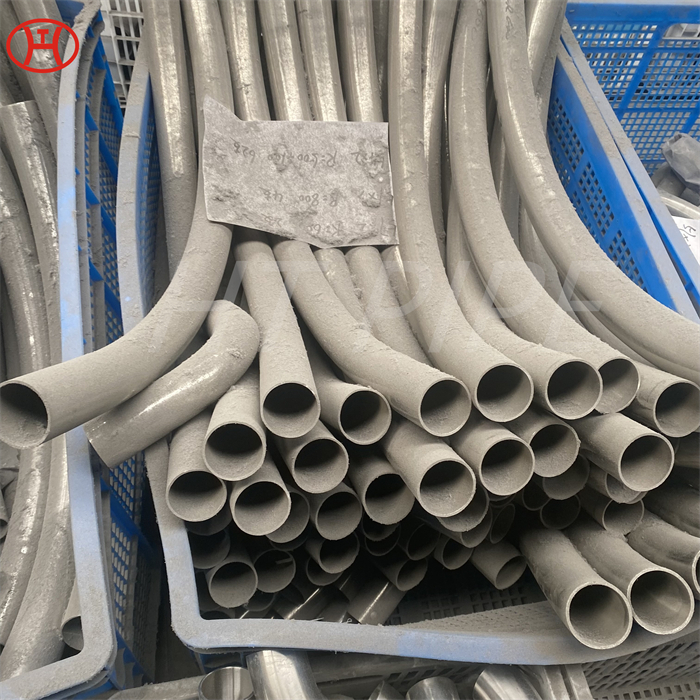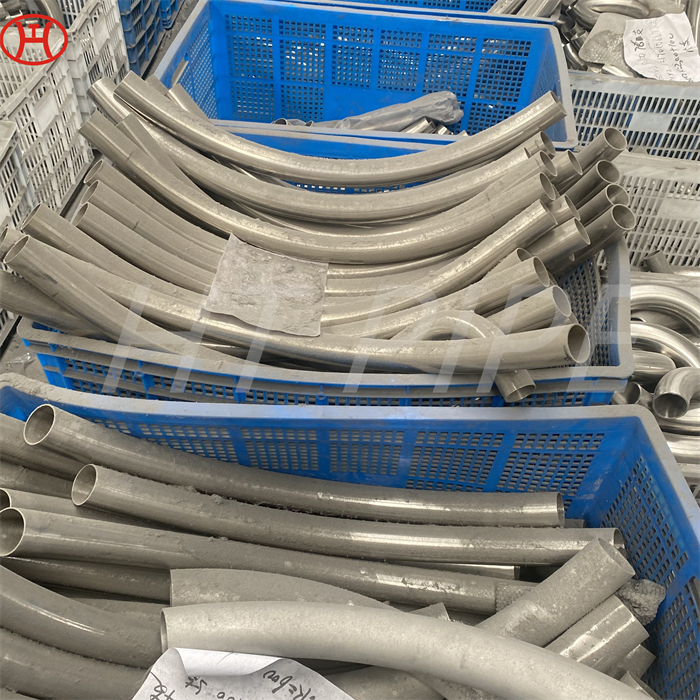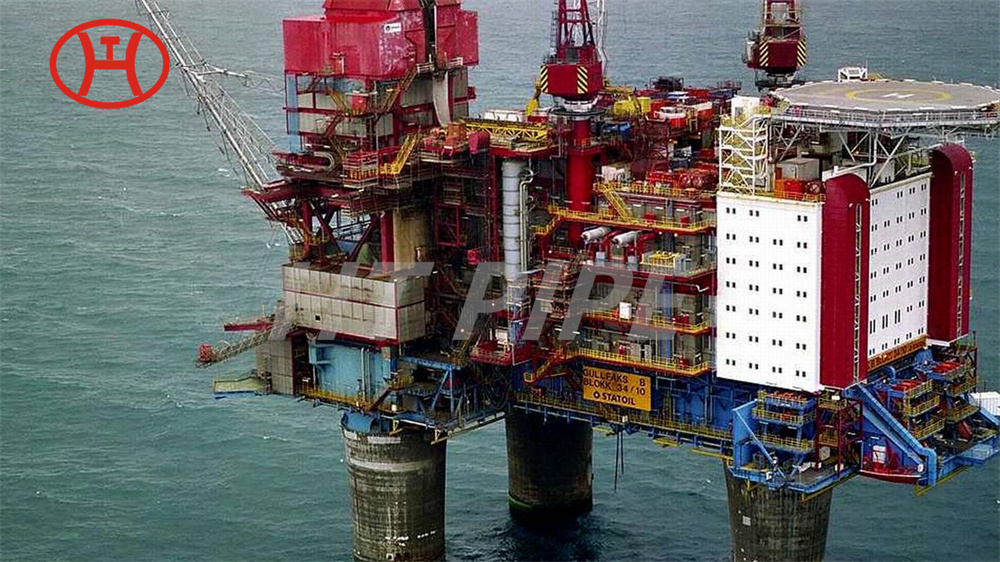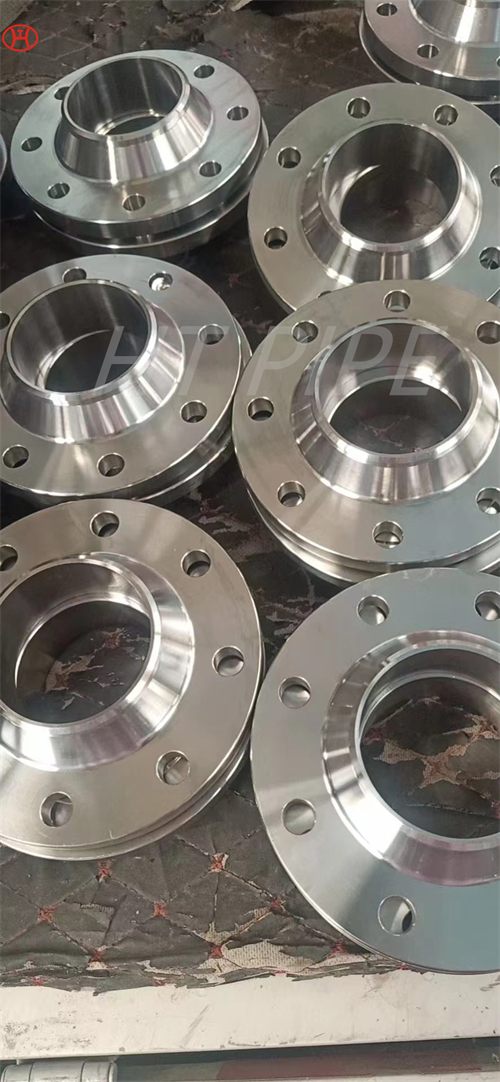Home » Steel Pipe Fittings » Forged Pipe Fittings » Hastelloy C276 Bushing resistant to wet chloride gas
Hastelloy C276 Bushing resistant to wet chloride gas
Hastelloy C276 is one of the few materials that can withstand the corrosive effects of wet chlorine, hypochlorite and chlorine dioxide.
Contact US
Get Price
Share:
Content
Alloy C-276 can be successfully fabricated in a number of ways. The alloy tends to work harden, but with proper care, the alloy is easily hot and cold formed. Hastelloy C-276 alloy can be forged, hot upset and impact extruded. Although alloys tend to work harden, you can successfully spin, deep-draw, press-form, or punch them.
Inquiry
More Hastelloy
















































































































































